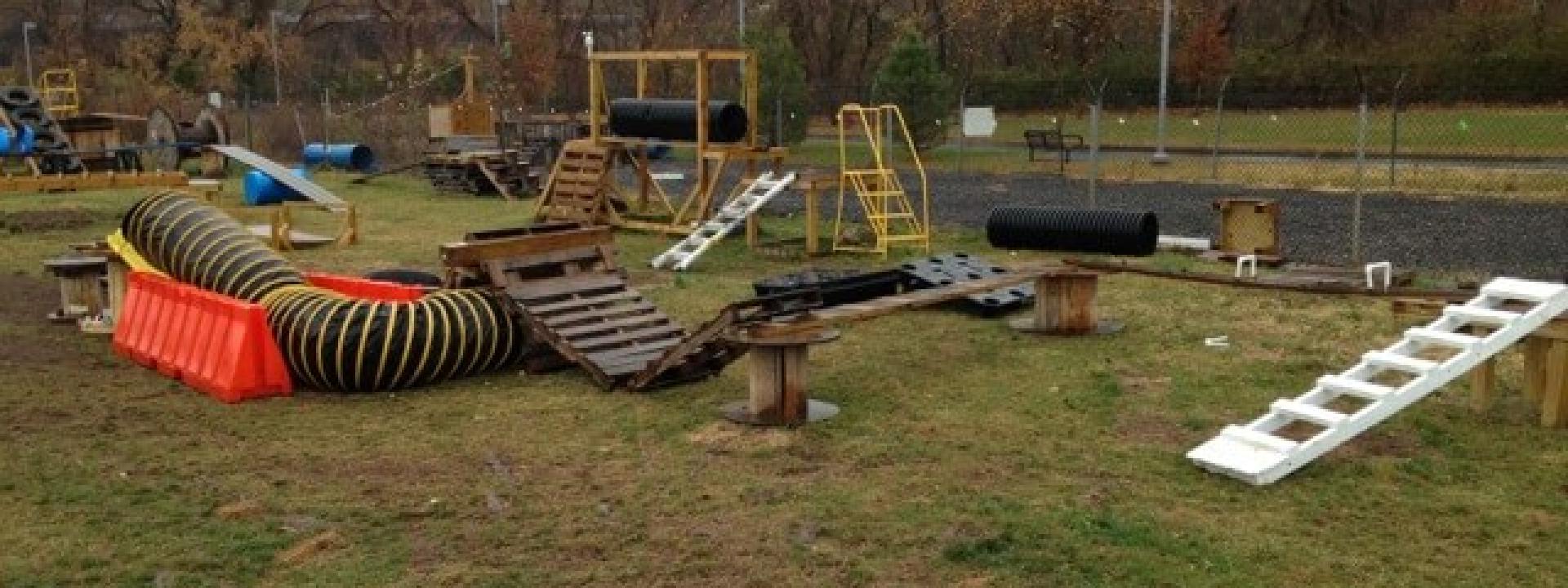Thirteen years have passed since the tragic events of 9/11. The aftermath of the World Trade Center’s destruction drastically changed my day-to-day life in Washington, D.C., where I was living in 2001 and working at a veterinary hospital in close proximity to the Pentagon. I’ll never forget seeing the armed police guards constantly posted at my Metro stop, getting swabbed for Anthrax (Bacillus anthracis bacteria) after setting foot in my local post office, enduring countless Code Red (i.e., severe) Homeland Security Advisor System warnings to tape my windows shut, and witnessing the massive hole bored deep into the seemingly impenetrable walls of the Pentagon during my drive to work. Although I didn’t directly suffer any personal loss in the 9/11 crisis, my life was changed forever. Los Angeles is my home now, but I still have family, friends, and professional connections on the East Coast. Being a 1999 graduate of the School of Veterinary Medicine at the University of Pennsylvania, I always keep close tabs on the exciting events, research, and other vet-centric endeavors being conducted by my alma mater. 2012’s opening of the Penn Vet Working Dog Center (PVWDC) enthused me to to learn how the next generations of service dogs will be raised, studied, and trained to serve the betterment of society (see: Commemorating the 11th Anniversary of 9/11: Penn Vet Working Dog Center Holds its Grand Opening). Dr. Cindy Otto, DVM, PhD, Dipl ACVECC, was part of the response team on site that scavenged the Wold Trade Center rubble for survivors and conceived the PVWDC concept. Dr. Otto started evaluating the behavior and health of Urban Search and Rescue canines shortly after 9/11, which motivated her to create the PVWDC as a “space specifically designed for the study of search-and-rescue dogs, and the training of future working dogs” which:
- serves as a consortium to unite programs that employ detection dogs to benefit society throughout the U.S. and around the world.
- collects and analyzes genetic, behavioral, and physical data, and integrates the latest scientific information in order to optimize the success and well-being of detection dogs.
- prepares for future demands and facilitates research by developing a detection dog breeding/training program that will implement, test, and disseminate the knowledge gained.
PVWDC puppies have a normal home life with foster families and spend their days training on-site at the PVWDC. This formula greatly benefits working dog development; as Dr. Otto says, “it gives the puppies the best of both worlds. They get to live with families and learn how to adapt to that kind of lifestyle, which will be the way they will live when they’re working and living with their handlers.” During Thanksgiving 2013 I finally was able to join Dr. Otto in Philadelphia for an intriguing tour of the PVWDC. The highlight of my visit was the opportunity to witness the rigorous and methodical process the dogs go through as part of their training. I watched three agile and dedicated Labrador Retrievers maximizing their sensory acuity in discovering PVWDC staff hidden in closets, rooms, and ceilings in a vacant University of Pennsylvania building replicating the environment of a real search and rescue operation. The action was heart pounding and I felt like I was part of a military operation. One of the most astounding aspects was these dogs’ ability to ignore stimuli besides their target, as the PVWC staff and I were repeatedly disregarded during the training runs. As you'll see in the following YouTube video, Penn Vet Working Dog Center Canine Search and Rescue Training, these dogs are remarkably skilled at their jobs. The novice-level dogs may take longer or make more mistakes than their more experienced counterparts, but doing so is just part of their learning curve. I’m proud to be a graduate of the School of Veterinary Medicine at the University of Pennsylvania and look forward to hearing about the good works of the dogs trained by Dr. Otto and the PVWDC. 
Outdoor training area at the PennVet Working Dog Center — it was a rainy day in November, so there were no dogs training outside that day.
 This article originally appeared on Dr. Mahaney’s The Daily Vet column on PetMD as Training the Next Generation of Search and Rescue Dogs
This article originally appeared on Dr. Mahaney’s The Daily Vet column on PetMD as Training the Next Generation of Search and Rescue Dogs
 Dr. Patrick Mahaney Image: Marcella Miriello / Shutterstock.com" target="_blank">Marcella Miriello / Shutterstock
Dr. Patrick Mahaney Image: Marcella Miriello / Shutterstock.com" target="_blank">Marcella Miriello / Shutterstock

